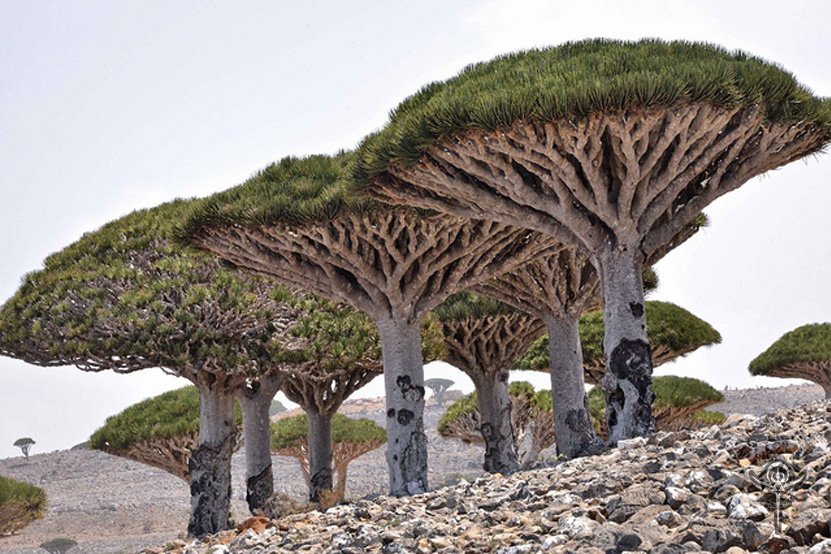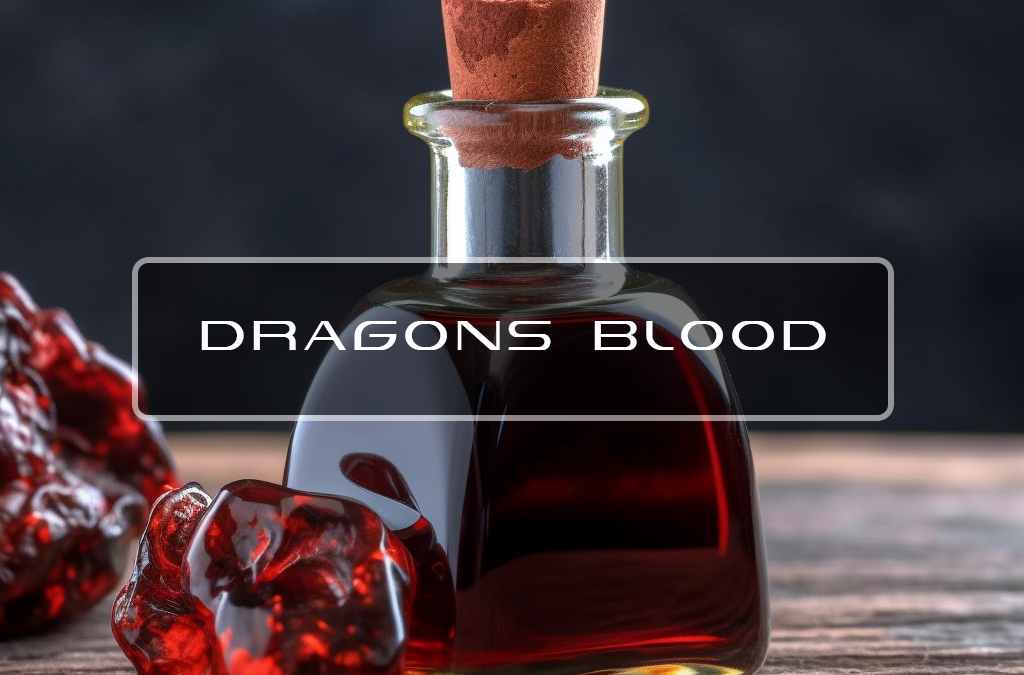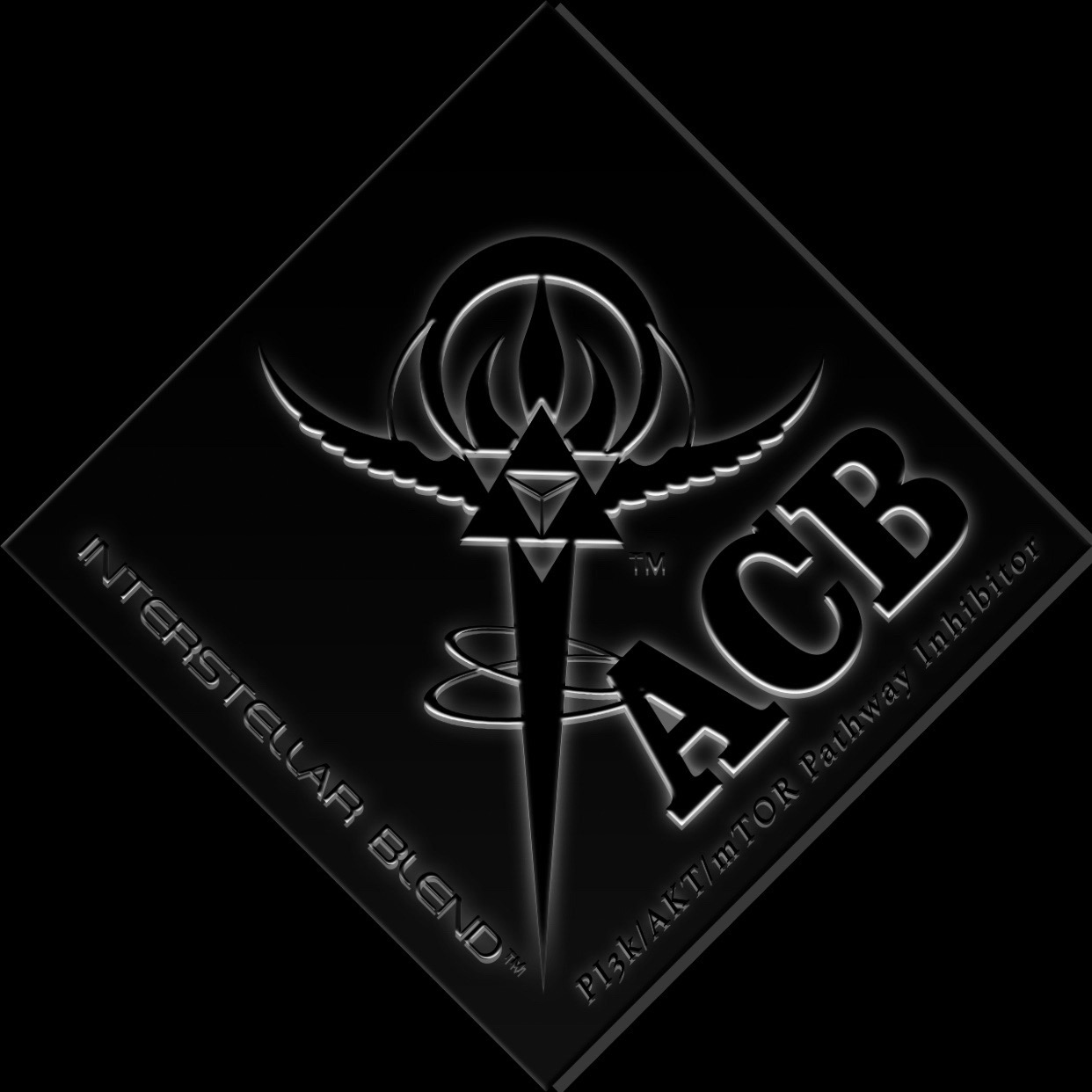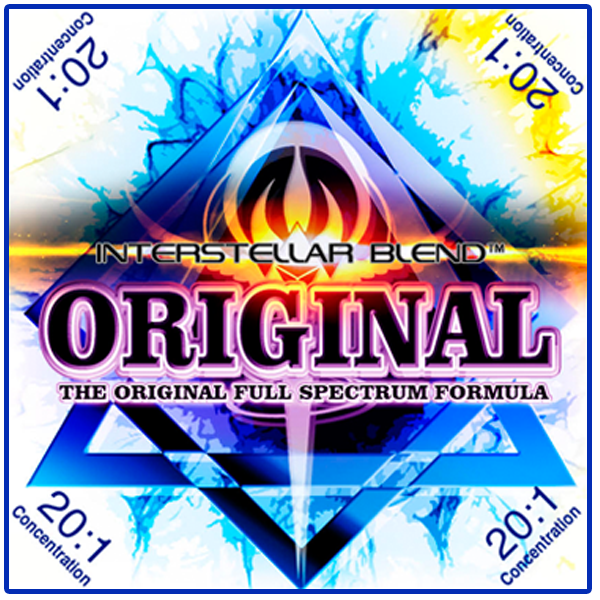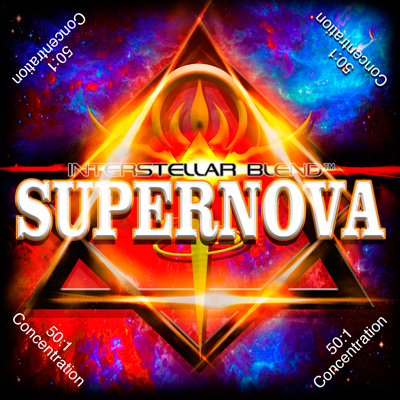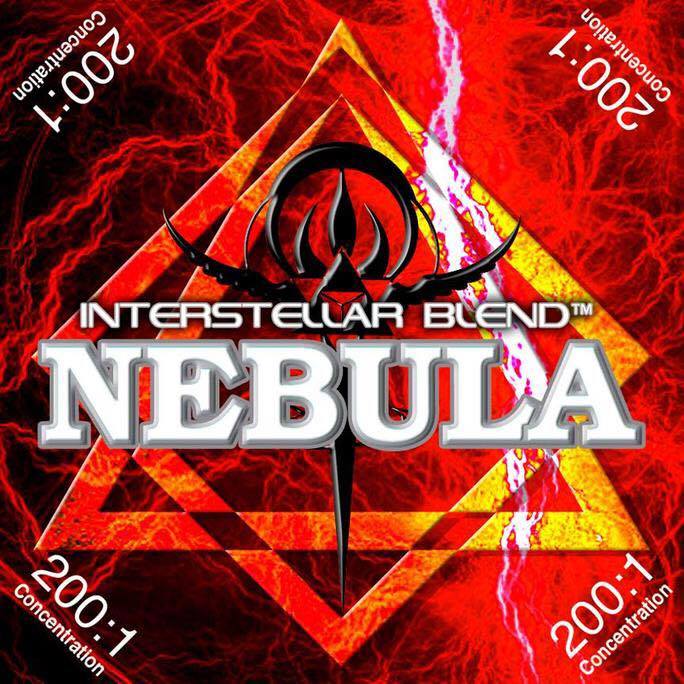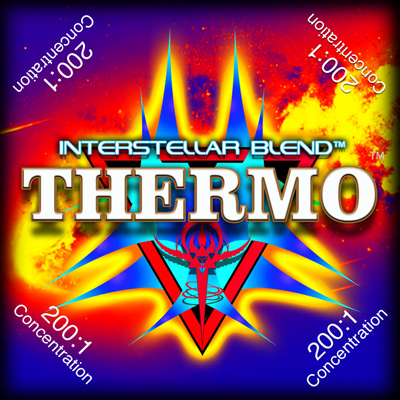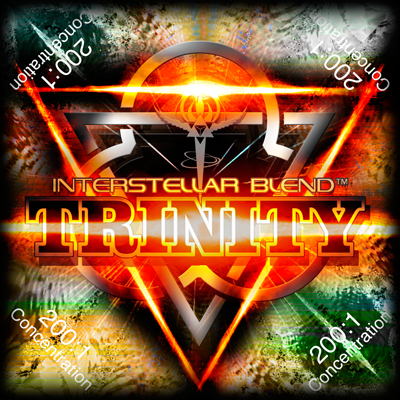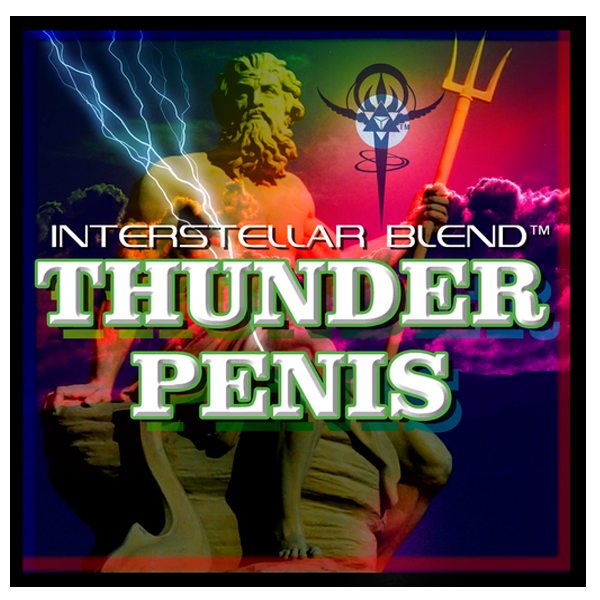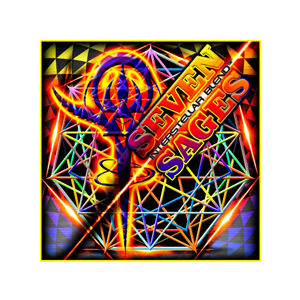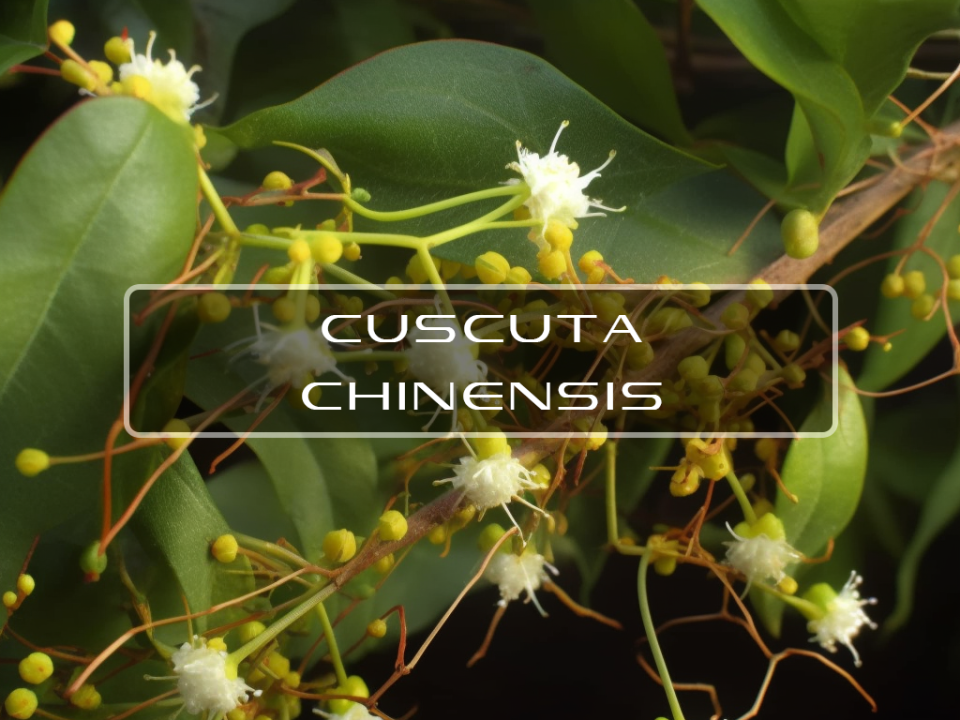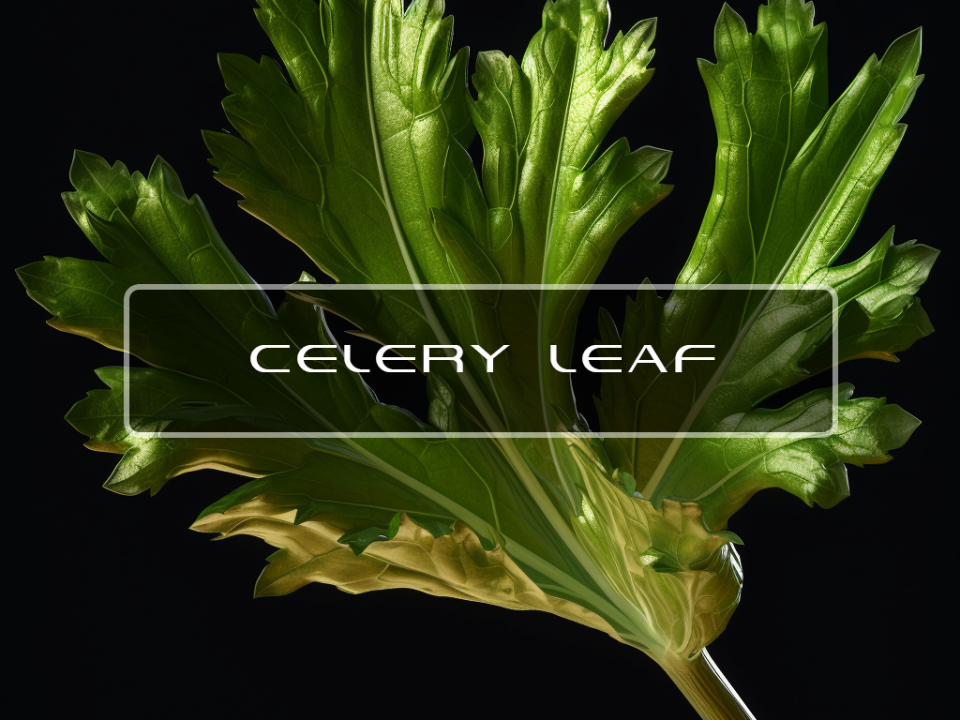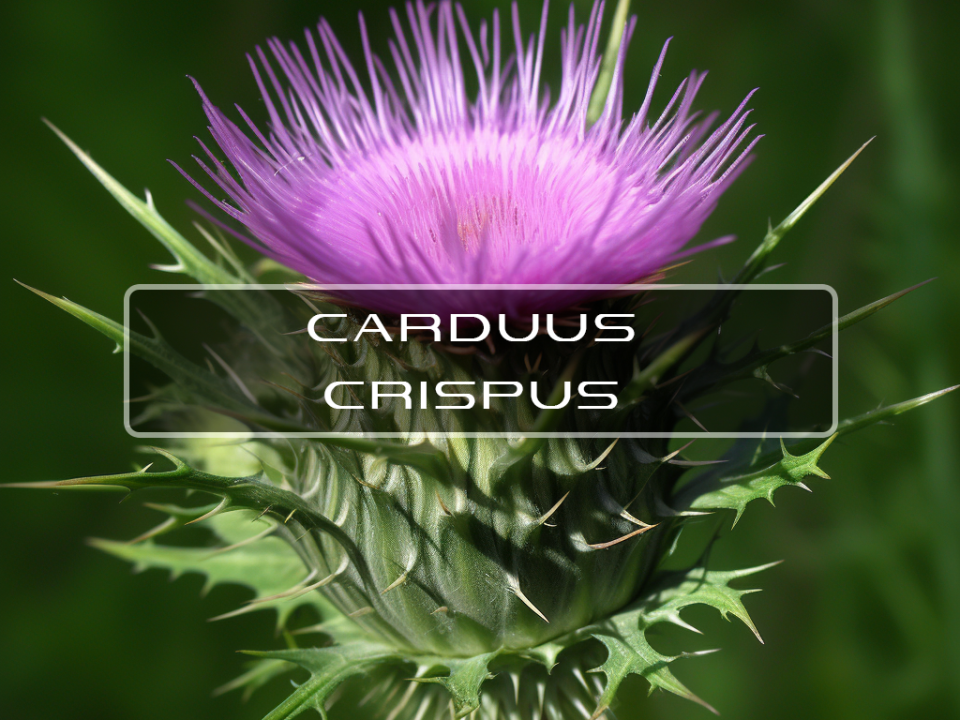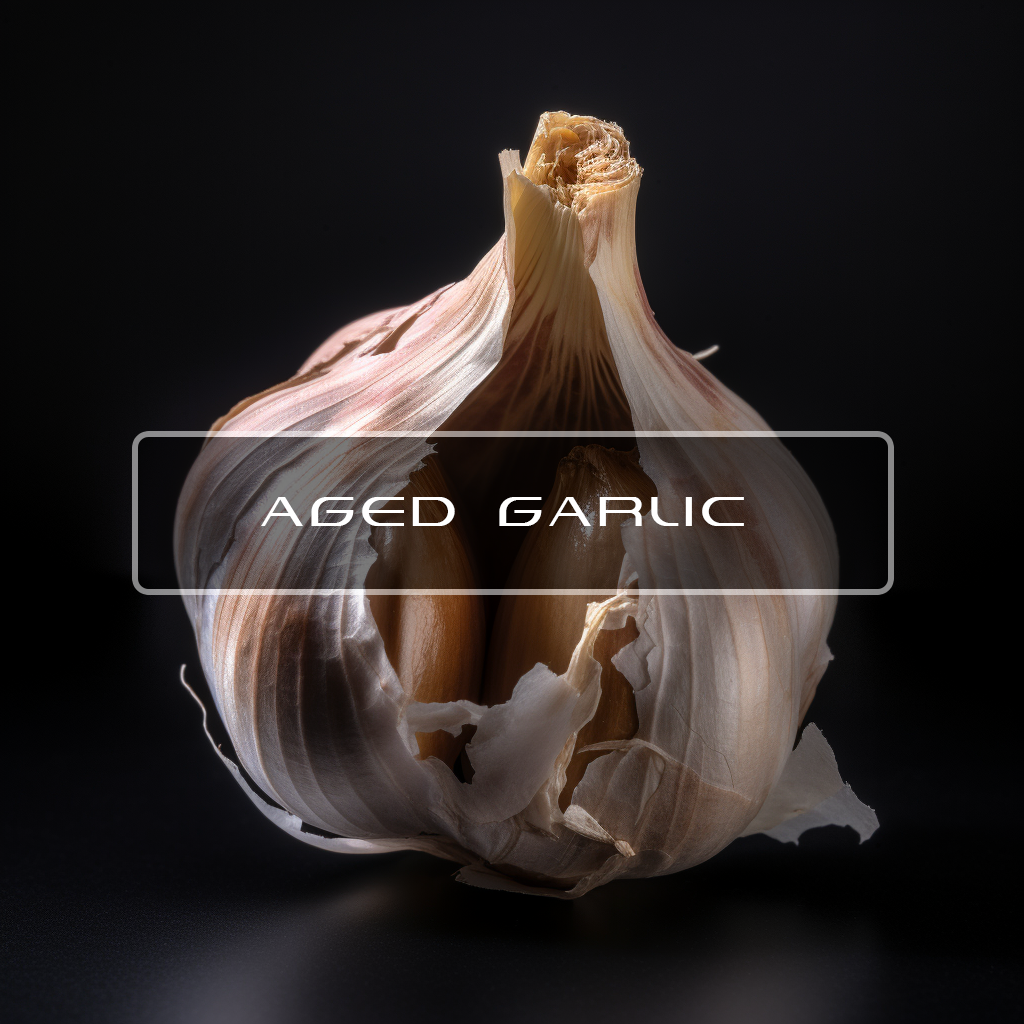
Aged Garlic Extract
February 5, 2019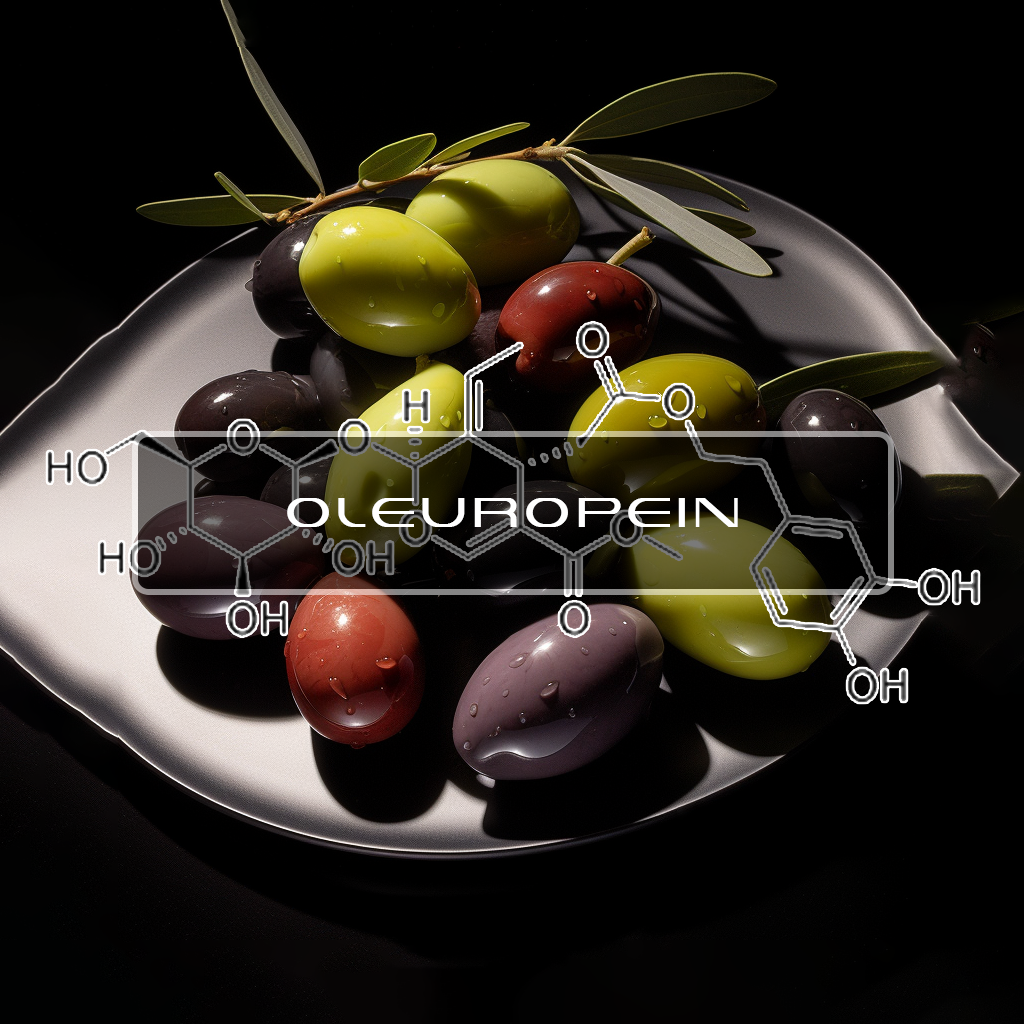
Oleuropein
February 10, 2019Dragons Blood
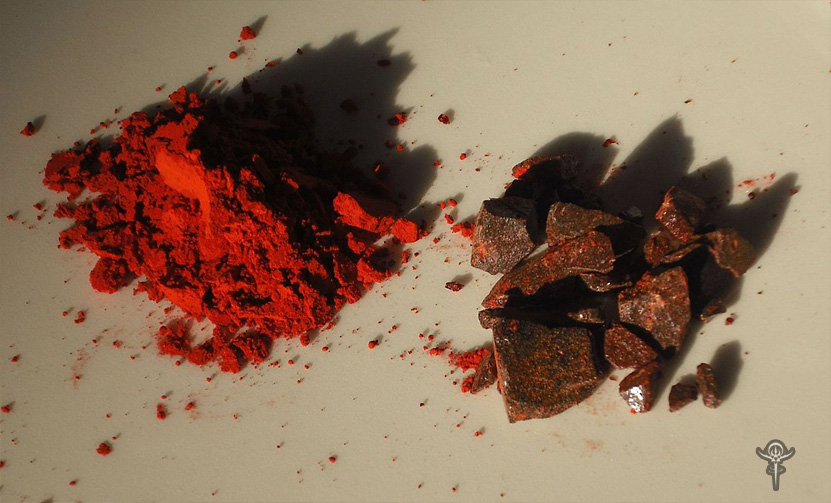
The many compounds contained in Dragon’s Blood are protective antioxidant phenols, along with anti-inflammatory compounds of many types. It also contains “taspine” which is a well know tissue healing agent.
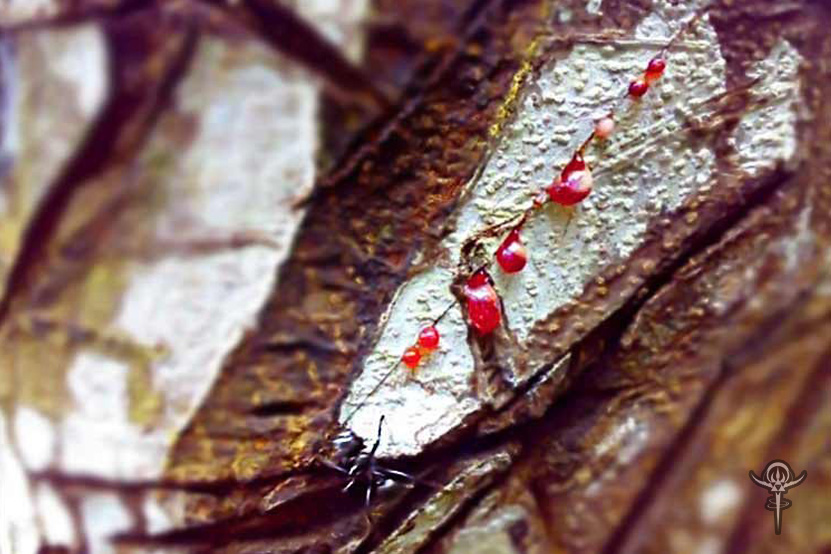
Benefits of Dragons Blood
Wound Healing - This clinical trial study was designated to evaluate the wound healing effect of Dragon's blood on human wounds. Sixty patients, between the ages of 14–65 years, who were referred to remove their skin tag, were assigned to this double-blind, placebo-controlled, randomized clinical trial and received either Dragon's blood or a placebo cream.
At the end of trial, there was a significant difference in the mean duration of wound healing between the two groups (p = 0.0001). The phenolic compounds and the alkaloid taspine, which exist in Dragon's-blood resin, are probably the main reasons for the wound healing property of this plant.
The beneficial effect of dragon's blood on wound healing was confirmed. Dragon's blood stimulated contraction of the wound, formation of a crust, formation of new collagen, and regeneration of the epithelial layer. 3′,4-O-Dimethylcedrusin also improved wound healing in vivo by stimulating the formation of fibroblasts and collagen, but crude dragon's blood was more effective.
This was due to the proanthocyanidins, present in dragon's blood, which stimulate contraction of the wound and precipitate with proteins forming a dark crust covering the wound, but which delay wound repair by a decreased formation of new fibroblasts.
Anti-Diarrheal - Dragon's blood at an oral dose of 600 mg/kg caused in marked inhibition of the diarrhoeal response following castor oil administration as well as the intestinal fluid accumulation promoted by cholera toxin. At a similar dose the red sap significantly inhibited the small intestinal transit which was, however, found to be independent of the opioid mechanism.
These results suggest a potential usefulness of the red sap from Croton urucurana Baill. in the control of secretory diarrhoea associated pathologies.
Antibacterial - In this study, three solvents of varying polarity were used to extract and separate the medium and high polarity compounds from the non-polar compounds of the Dragon's blood resin. The extracts were evaluated for their antimicrobial activity against the food borne pathogens.
Free radical scavenging of CH2Cl2 extract was found to be highest which is in good correlation with its total phenolic content.
Our result provide evidence that CH2Cl2 extract is a potential source of natural antioxidant compounds and exhibited good inhibitory activity against various food borne pathogens. Thus, CH2Cl2 extract of Dragon's blood resin could be considered as possible source of food preservative.
Ulcer Remedy - Chemical studies on the constituents of Dracaena cochinchinensis led to the discovery of eight new flavonoid derivative. All isolates were tested for antibacterial activities against Helicobacter pylori (ATCC43504) and thrombin inhibitory effects.
Antithrombotic - A new preparation process was used to extract effective components from Dragon's Blood. A 95% ethanol extract A (EA) and a precipitate B (PB) fraction were obtained and compared. Reliability of the preparation process was validated by pharmacodynamic experiments.
It was observed that the EA fraction had significantly better inhibitory effects than the PB fraction on thrombosis (p < 0.05), platelet aggregation function (p < 0.01) and anticoagulation activity.
The results obtained here showed that EA fraction from Dragon's Blood contained pharmacologically effective compounds with antithrombotic effects, partially improving platelet function and anticoagulation activity.
Anti-Tumor - Three in-vitro assays have been adopted to examine the cytotoxicity and anti-bacterial activity of the blood-red sap of Croton lechleri from Ecuador, and to examine its effect upon the proliferation of endothelial cells. The sap was found not to be cytotoxic.
Neuroprotective - Reduction of hippocampal neurogenesis caused by aging and neurological disorders would impair neural circuits and result in memory loss. A new lead compound (N-trans-3′,4'-methylenedioxystilben-4-yl acetamide 27) has been discovered to efficiently stimulate adult rats' neurogenesis.
This compound is found within the Dragon’s Blood.
Anti-Fungal - Based on ethnobotanical approach, the dragon's blood collected from Croton urucurana Baill. bark (Euphorbiaceae) was tested for antifungal activity against five dermatophytes by paper disk diffusion method.
The minimal inhibitory concentration (MIC) showing no visible fungal growth was also determined, using tube dilution technique. The test dermatophytes were Tricophyton tonsurans, Trichophyton mentagrophytes, Trichophyton rubrum, Microsporum canis and Epidermophyton floccossum.
Highest Antioxidant in the World- ORAC testing is the most extensive method for analyzing the antioxidant potency of a food or man-made substance. Raw green kale clocks in at around 1,770 when measuring 100 grams (that’s around 3.5 ounces). Using the same weight for average apples, the value is 2,828. (Article) (Article)